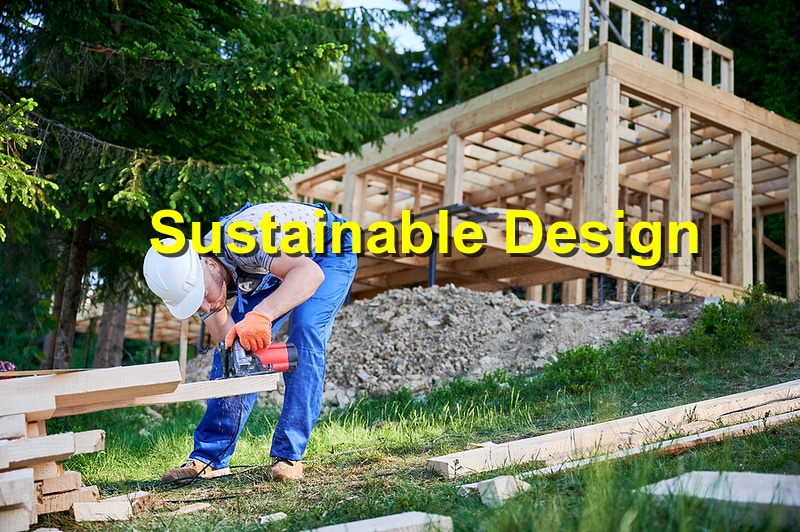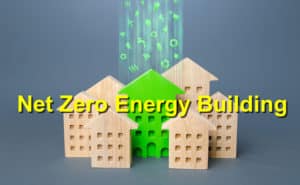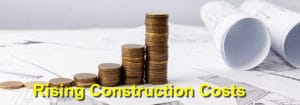In an era of increasing environmental consciousness, sustainable design has become a key consideration in modern construction. From reducing carbon footprints to enhancing energy efficiency, sustainable design practices are transforming the construction industry. This article explores the vital role of sustainable design in modern construction and highlights its benefits for the environment, occupants, and the overall well-being of communities.
- Environmental Impact: Sustainable design aims to minimize the negative environmental impact of buildings throughout their life cycle. By incorporating eco-friendly materials, optimizing energy efficiency, and reducing water consumption, sustainable buildings contribute to the preservation of natural resources and the reduction of greenhouse gas emissions. Additionally, sustainable design emphasizes waste reduction and recycling practices, leading to a more responsible use of materials and a reduced carbon footprint.
- Energy Efficiency: One of the primary objectives of sustainable design is to maximize energy efficiency. Sustainable buildings employ innovative techniques such as improved insulation, energy-efficient lighting systems, and smart technology to minimize energy consumption. This not only reduces the environmental impact but also lowers operating costs for occupants, making sustainable buildings more economically viable and energy-conscious.
- Indoor Air Quality and Health: Sustainable design prioritizes the creation of healthy and comfortable indoor environments. Through proper ventilation systems, the use of low-toxicity materials, and the elimination of indoor pollutants, sustainable buildings promote superior indoor air quality. Enhanced air quality contributes to improved occupant health, reducing the risk of respiratory issues, allergies, and other health problems associated with poor indoor air circulation.
- Water Conservation: Sustainable design focuses on reducing water consumption by incorporating water-saving fixtures, rainwater harvesting systems, and efficient irrigation methods. By implementing strategies such as graywater recycling and low-flow plumbing fixtures, sustainable buildings help conserve water resources and contribute to water sustainability in communities. This not only benefits the environment but also helps reduce water bills for building occupants.
- Community Well-being: Sustainable design goes beyond individual buildings and considers the broader impact on communities. Sustainable buildings can revitalize neighborhoods, promote walkability, and create inclusive spaces that foster community interaction. Additionally, green spaces, rooftop gardens, and urban agriculture initiatives incorporated in sustainable design can enhance the aesthetic appeal, mental well-being, and quality of life for community residents.
- Long-Term Cost Savings: While the initial investment in sustainable design may be higher, it often results in long-term cost savings. Energy-efficient features, water conservation measures, and reduced maintenance requirements can significantly lower operating costs for building owners and occupants. Over time, the financial benefits of sustainable design outweigh the initial investment, making it a financially sound choice.
Conclusion
Sustainable design plays a vital role in modern construction by minimizing environmental impact, improving energy efficiency, enhancing indoor air quality, promoting water conservation, fostering community well-being, and providing long-term cost savings. As society becomes increasingly aware of the need for sustainable practices, the incorporation of sustainable design principles in construction becomes imperative. By embracing sustainable design, we can create buildings that are not only aesthetically pleasing but also contribute to a healthier, more sustainable future for generations to come.
References: LinkedIn, Fibreguard




